|
EQUINE CLICKER TRAINING..... using precision and positive reinforcement to teach horses and people |
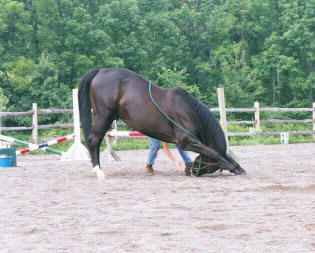
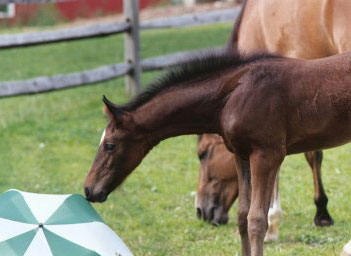
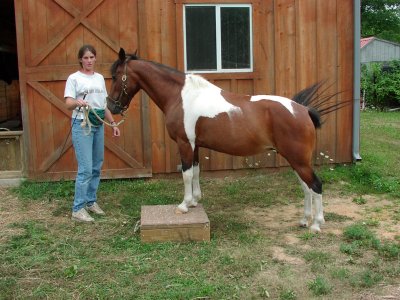
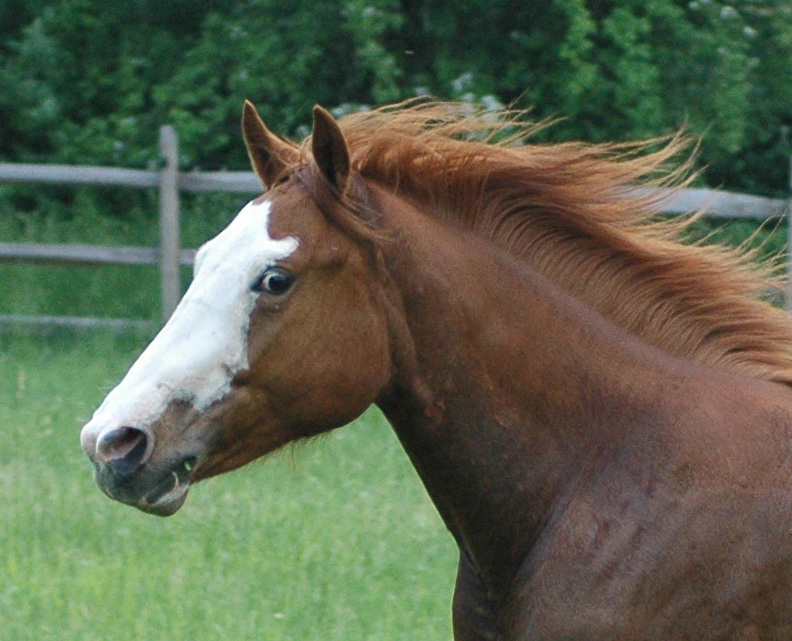
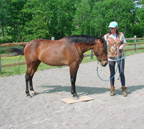
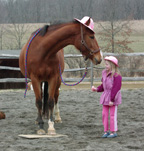
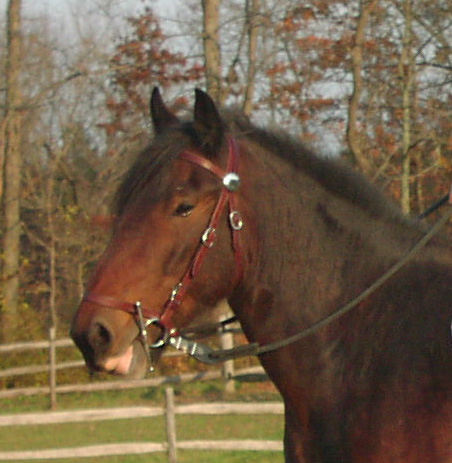
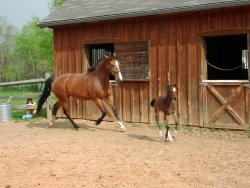 |
|
Ken Ramirez: July 2012
These were originally posted on my facebook page.
1. On Saturday morning Ken talked about using reinforcement substitutes. This is a topic I have heard before (twice) but it is good to hear it again because it is easy to just use food and forget that it is important to have other options. At the Shedd Aquarium they condition a lot of reinforcement substitutes to provide reinforcement variety for their animals and to allow the trainers more choices. If there are times when you cannot use food and you have not conditioned other reinforcement substitutes, you can face a difficult training challenge.
To condition a reinforcement substitute, you can choose a neutral
stimulus and create a positive association or you can choose
something the animal already likes and condition it and/or establish
rules for how it will be used.
If you don’t know anything about conditioning reinforcement
substitutes, you can
read about them in my Clicker Expo notes which are in the articles
section on my website.
One new piece I learned is that if you that you do choose to
use something that your animal already likes, it’s important to know
what particular aspect of it is important.
This will help you maintain the behavior as a reinforcement
substitute.
2. In one of
Ken’s videos, he showed dolphins playing with some toys and talked
about how they enjoy their playtime.
He also stated that before they throw the toys in the water,
they send someone underwater to see what the dolphins are doing .
This is to make sure the dolphins are not doing any
unacceptable behavior that might be reinforced when they throw the
toys in. I guess I
shouldn’t be surprised by this, but somehow I was, as I had never
really thought about the challenges of working with animals that can
submerge out of sight.
If your animals are not always visible, it’s important to
check before offering reinforcement.
Good rule of thumb: never train your animal if you can't see them!
3. One of the topics Ken discussed was teaching adduction which is where the animal is cued to do two or more behaviors and combines them, without previously being taught how to do them both together. I have always been intrigued by this and use adduction all the time, but my horses certainly don't know it as a concept. He calls that the "and" type of adduction. He also talks about the "then" type of adduction where the animal is given a string of cues and does the whole sequence without being recued. The animal has to remember and do the behaviors in sequence. In order to do this, you need hold and release cues so that the animal waits for all the cues before starting. Has anyone taught this to a horse? It seems to me that it would be handy even for one behavior where you wanted the horse to wait until you gave it the "go" signal.
4. The
weekend was divided into a series of topics and on Saturday
afternoon Ken talked about how to handle animal mistakes, or problem
solving. He focused on
dealing with both unwanted behavior and “errors” where the animal is
in a training session and offers the wrong behavior.
He covered a lot of material and it’s really too much to
share here, so I am just going to list his final thoughts which I
think are important and good food for thought.
This is from his notes:
I want to add a little note from my own personal experience. For those of us who are crossover trainers, it can be easy to fall into old habits or patterns. I take comfort in his first statement which is that finding positive alternative gets easier with practice. I think this is true and one thing I have found to be useful is to review each day’s training and see if there are places where I could have handled things in a more positive fashion. It may seem like things come up that you can’t predict, but I have found that the mental exercise of writing down “I will do ___ if my horse steps on my foot” is useful even if it never happens again. You are slowly programming your brain to look for other options and eventually you will be able to do it in the moment.
|